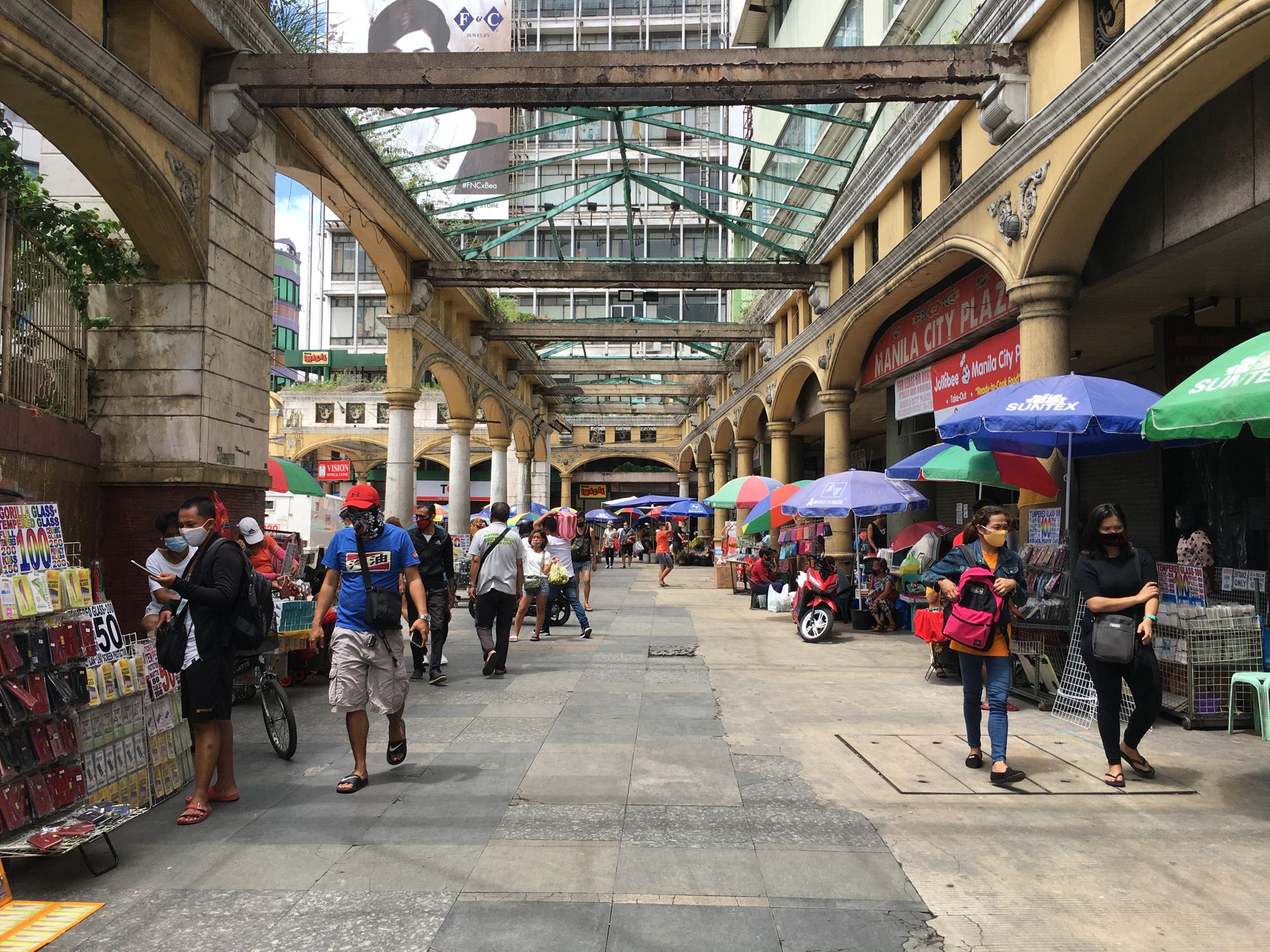Unit 15 - Readings & Viewings
Trade Liberalization for Textiles & Agriculture, Food Security & Climate Change

Regarding the history and outcome of textile liberalization, see:
Seyoum, “Trade Liberalization in Textiles and Clothing: An Analysis with Special Emphasis on the US Import Market,” 24 The Intl Trade Journal 149 (2010).
For USC Students: I think this should be available to you via online institutional subscription on Shibboleth from Routledge Taylor & Frances; it comes up automatically on my screen upon requesting the PDF function.
Fox, Powers & Winston, “Textile and Apparel Barriers and Rules of Origin in a post-ATC World” (Office of Economics Working Paper 2007-06-A, US ITC).
For USC Students: Emphasizing major effects of ROO and hence FTAs and bilateral trade agreements post-Multifiber Agreement in terms of consumer welfare gains, and relatively low effects of further WTO efforts. N.b., this is subject to the idea that it was relatively early in China’s membership in the WTO, so it was still subject to substantial limitations under its accession agreement at that point in time.
Regarding food security and agricultural trade liberalization, see:
WTO Agriculture
For USC Students: What is not entirely clear here is that the 1994 Uruguay Round provided for certain lowered agricultural tariffs through the early 2000s, but essentially after they were completed post-2004, meanwhile, due to the Doha Round’s general lack of progress, agricultural trade liberalization made little formal progress after 2004 under the WTO.
Bureau, Guimbard & Jean, “Agricultural Trade Liberalization in the 21st Century: Has it Done the Business?” (CEPII Working Paper, Paris, 2017).
For USC Students: Arguing that most agricultural trade liberalization post-2004 was unilateral, to be interpreted as carried out unilaterally to lower domestic food prices, with alternative explanations of favoring urban workers, or perhaps to enable entering global supply chains for processed foods; so reinforcing the idea that continuing WTO negotiations in the Doha Round seemed to have relatively few effects post 2004.
Friel, Schram & Townsend, “The nexus between international trade, food systems, malnutrition and climate change,” 1 Nature Food 51 (2020).
For USC Students: A more policy-oriented and less mathematically oriented work; for USC law students, this is Springer product, I believe, but seems accessible automatically in requesting the PDF function.